#こい
Explore tagged Tumblr posts
Text




池の鯉
@道の駅 せせらぎ郷かみつえ
24 notes
·
View notes
Text

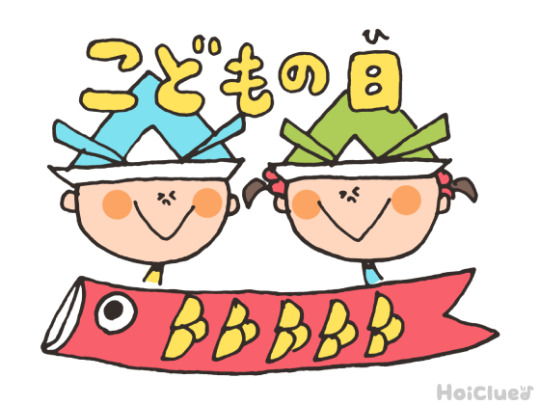
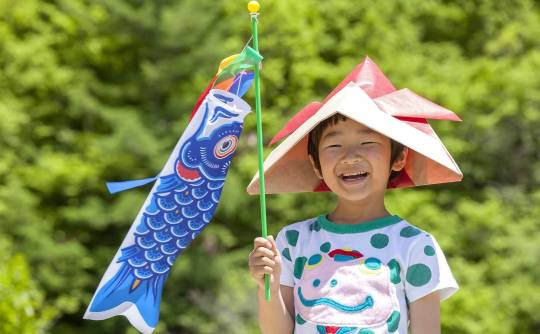


Sean bienvenidos japonsistasarqueológicos, a una nueva entrega cultural en esta ocasión os voy comentar la festividad, del día del niño que se celebra cada 5 de Mayo que se llama Kodomo no Hi y se escribiríaこどもの日 una vez dicho esto pónganse cómodos que empezamos. - ¿Cuándo surgió el día del niño?La festividad, surge en el siglo VIII d.c en lo que respondería al periodo Heian, posiblemente tendría influencia de china al respecto ya que se basó en Tango no Sekku. El Sekku se basa en los puntos de inflexión de las estaciones y se basa en la teoría de los cinco elementos del yin y el yang en China. - La forma tradicional de celebrarlo es ofrecer ofrendas estacionales a los dioses, rezar y comer juntos los productos de segunda mano.En el período Kamakura, en pleno auge de los samurais, se convirtió en un evento importante para orar por el crecimiento y la salud de los niños y la prosperidad de la familia, con adornos como armaduras, cascos, serpentinas de carpa y muñecos festivos. - Ahora a continuación mencionaré algunos dulces de los que se suelen comer el 5 de Mayo: Kashiwa mochi,Chimaki, beko mochi, akumaki , pastel no koi. - Espero que os haya gustado y nos vemos en próximas publicaciones y que pasen un feliz día del niño.
-
今回は、毎年5月5日に行われる「こどもの日」というお祭りについてお話しします。「こどもの日」とは、「こどもの日」と書いて「こどもの日」と読みます。 - こどもの日」の起源は、紀元8世紀の平安時代にさかのぼりますが、「端午の節句」が元になっていることから、中国の影響を受けている可能性が���ります。節句とは、季節の変わり目を表すもので、中国の陰陽五行説に基づくものです。 - 季節のお供え物を神に捧げ、祈り、中古品をみんなで食べるのが伝統的な祝い方です。 武士ブーム真っ只中の鎌倉時代には、甲冑や兜、こい��ぼり、祝い人形などを飾り、子供の成長や健康、家族の繁栄を祈る大切な行事となりました。 - 柏餅、ちまき、べこ餅、あくまき、こいのぼりのお菓子です。 - 気に入っていただけたなら幸いです。今後の記事でお会いしましょう。そして、楽しい子供の日をお過ごしください。
-
Welcome to a new cultural delivery in this occasion I am going to comment on the festivity, the day of the child that is celebrated every 5th of May that is called Kodomo no Hi and it would be writtenこどもの日 once said this make yourselves comfortable that we begin. - When did Children's Day come about? The holiday, which dates back to the 8th century AD in what would be the Heian period, was possibly influenced by Chinese in this respect as it was based on Tango no Sekku. Sekku is based on the turning points of the seasons and is based on the five element theory of yin and yang in China. - The traditional way to celebrate it is to offer seasonal offerings to the gods, pray and eat second-hand goods together. In the Kamakura period, at the height of the samurai boom, it became an important event to pray for the growth and health of children and the prosperity of the family, with decorations such as armour, helmets, carp streamers and festive dolls. - Now here are some of the sweets usually eaten on May 5th: Kashiwa mochi, Chimaki, beko mochi, akumaki, no koi cake. - I hope you liked it and see you in future posts and have a happy children's day.
#日本#こどもの日#平安時代#中国#端午の節句#鎌倉時代#佐村河内#柏餅#ちまき#歴史#あくまき#ケーキ#こい#japan#KodomonoHi#Heianperiod#china#Tangonosekku#Kamakuraperiod#samura#Kashiwamochi#Chimaki#history#akumaki#cake#koi#culture#文化
12 notes
·
View notes
Text

14K notes
·
View notes
Text

ちょうど。ほぼちょうど。ええサイズ感。
It seems to have been just the right width.
2K notes
·
View notes
Text


4K notes
·
View notes
Text

えなこ
1K notes
·
View notes
Text

I'm sad that the Blu-ray recorder is broken😭
883 notes
·
View notes
Text

1K notes
·
View notes
Text

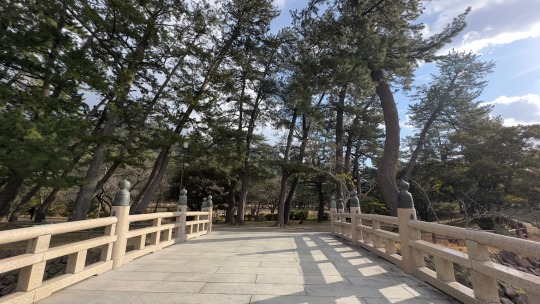

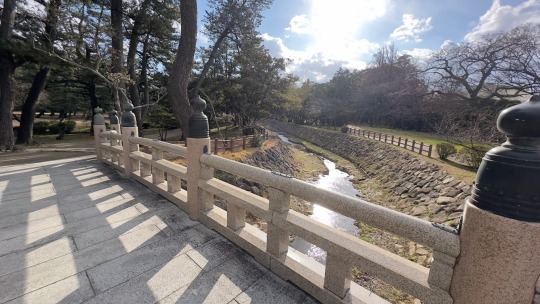
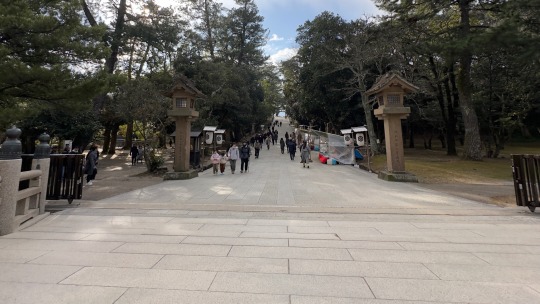
松の参道を歩いていると、雪の欠片が舞いはじめた
風が冷たい一日だった
@出雲大社
10 notes
·
View notes
Text

希望の恵風
2017年、鈴川鯉のぼりまつり。
よい風に泳ぐ鯉のぼり。
#Lightroom Classic#VSCOfilm#photographers on tumblr#lensblr#original photographer#original photographers#original photographers on tumblr#original photography#original photography blog#original photography on tumblr#photoblog#photography#spring#spring season#spring season in Japan#spring season mood#spring season time#spring season tint#May#Japan#Kanagawa#皐月#日本#神奈川#鈴川鯉のぼりまつり#こいのぼり#鯉のぼり#carp streamer#🎏
677 notes
·
View notes
Text
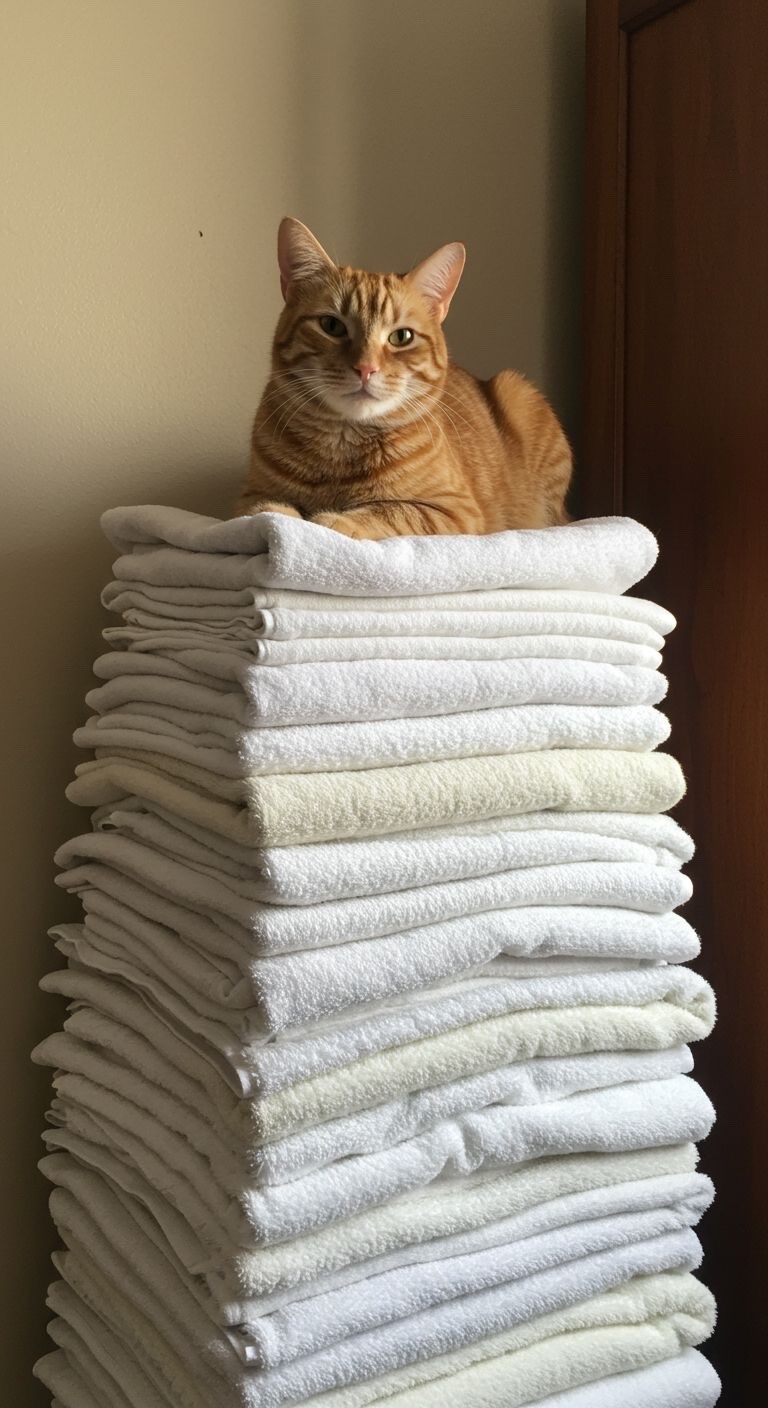
2K notes
·
View notes
Text


🤔💭
584 notes
·
View notes
Text

はるらんまん。おひるねもはかどったご様子。
Spring is in full bloom. She seems to take her naps well.
1K notes
·
View notes


